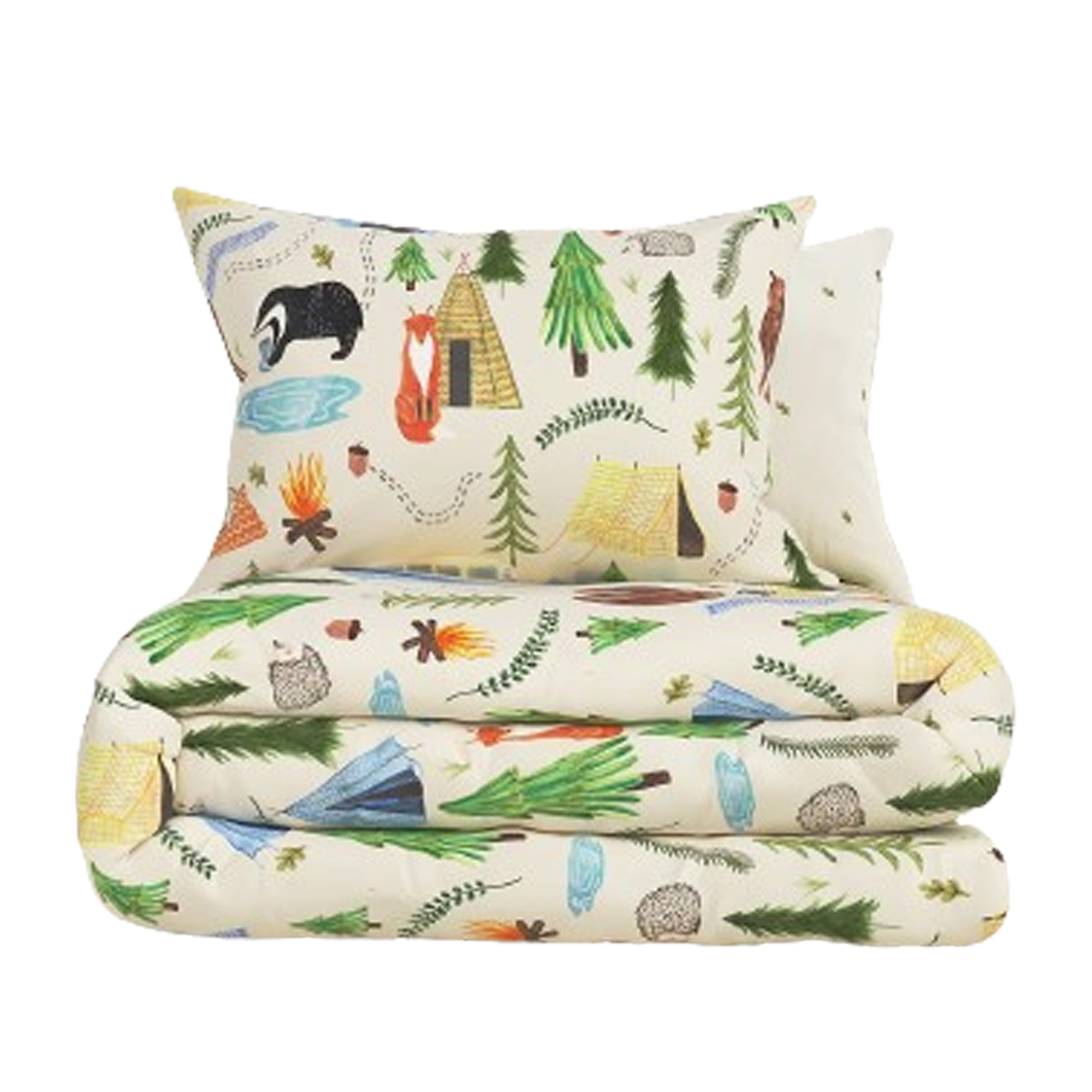How to help a child go to sleep – design choices that will make bedtime easier
Create a bedroom scheme that supports relaxation and rest
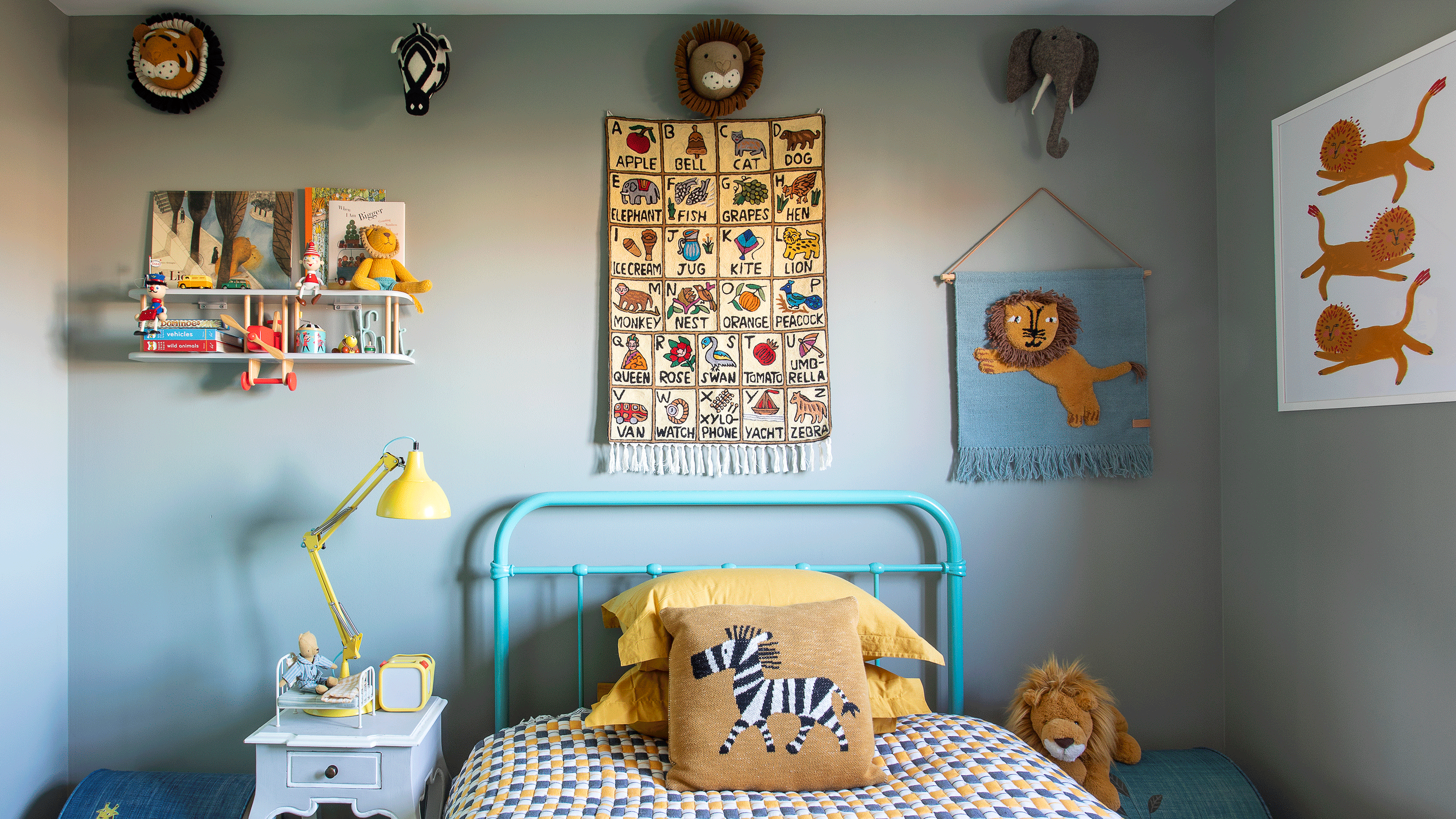


At the end of a long day, when you’ve packed the kids off to bed and you’re finally curling up on the sofa with a glass of wine and your bae/dog/cat to watch telly, the last thing you want to see is the living room door being pushed open by a wide-awake child.
How to sleep better is a question we all have to face at some time in our lives. With children, it’s one you’ll have to answer for them – for their and your own wellbeing. If it’s an issue you’re struggling with, Lisa Artis, sleep expert and deputy CEO of The Sleep Charity can reassure you: ‘Facing challenges with your child’s sleep can be frustrating, but there are many ways you can prevent or improve sleep issues. One simple step is to look at your child’s bedroom. It plays an essential part in getting a good night’s sleep.’
Lisa is an experienced sleep advisor and a member of the British Sleep Society. She has a background in PR and marketing and uses that expertise to lead the strategic and operational aspects of The Sleep Charity. She previously headed up The Sleep Council, a not-for-profit advisory organisation that merged with The Sleep Charity in July 2020. Lisa is a qualified cognitive behavioural therapist and also has qualifications in mental health awareness and children’s mental health, as well as being a youth mental health first aider.
‘Creating an environment conducive to sleep involves thoughtful design choices that cater to the senses and promote relaxation,’ says Lisa. So when you’re looking for kids’ bedroom ideas, always bear the following principles in mind…
1. Lower the lights and ban screens

Lisa Artis continues, ‘Use dimmable lights or lamps with warm bulbs to create a gentle transition from day to night. Avoid bright, harsh lighting close to bedtime.
‘Make bedrooms a no-screen zone so that they’re not tempted to watch TV. The blue light emitted slows down the production of melatonin (the sleepy hormone), making it harder for them to go to sleep.’
Paediatric sleep practitioner Tabitha Moynagh adds, ‘Safeguard that lovely, peaceful haven for your children and keep screens out!’
Tabitha is a qualified teacher and cognitive behavioural therapist for insomnia. She specialised as an advanced paediatric sleep practitioner and now runs The Family Sleep Practice as well as working with Hunrosa, which supports families of children up to the age of 17 with complex sleep struggles.
2. Fit blackout blinds or curtains
Take steps to make the room darker for better sleep. ‘Light can disrupt sleep,’ explains Lisa. ‘Installing blackout curtains or blinds can help to create a dark, sleep-friendly environment, especially in the lighter months when the days are brighter and longer.’
Get the Ideal Home Newsletter
Sign up to our newsletter for style and decor inspiration, house makeovers, project advice and more.
Tabitha Moynagh says, ‘A darkened room signals to the brain that it is sleep time, not awake time. If a bedroom is too light and the child can pick out shapes and toys in their room, they are more likely to be distracted or tempted to get out of bed to play rather than fall asleep. Out of sight, out of mind!’
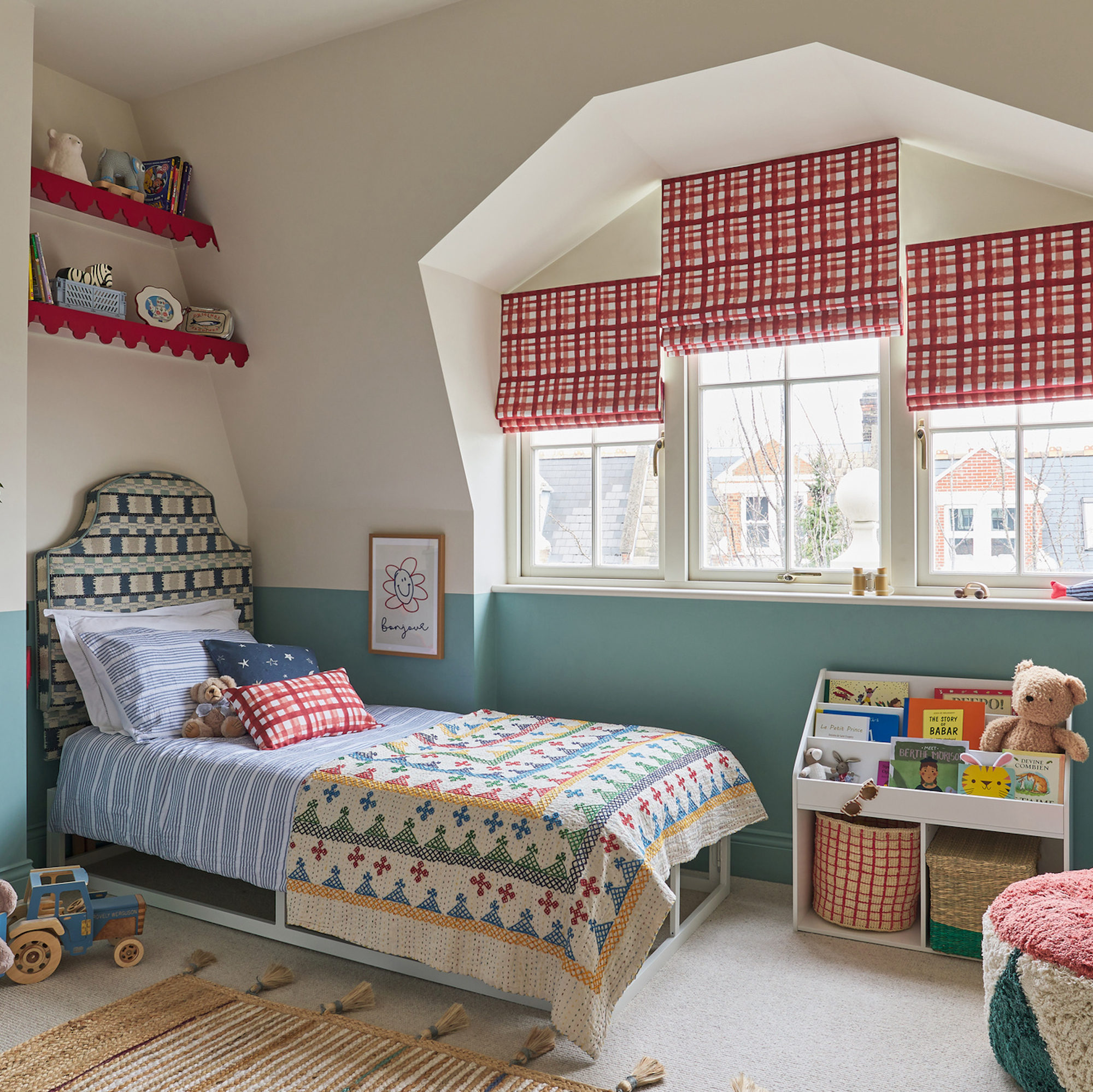
3. Keep the room cool
Tabitha Moynagh advises, ‘For babies, 18-20˚C is recommended as the safest sleep temperature. For other ages, 16-18˚C is ideal. If we are too hot, we will struggle to fall or stay asleep because it can suppress melatonin production.’
Check your tog rating, too: ‘Ensure bedding is appropriate according to the seasons and the temperature in your home. For example, draughty old buildings with single glazing might require a higher-tog duvet than an efficiently insulated new-build home. Use common sense and follow safe sleep advice for babies from Lullabytrust.org.uk.’

4. Check the mattress
Lisa Artis asks, ‘Is your child’s mattress comfy? Does it still fit their needs, or have they outgrown it? Your little ones don’t stay little for long, so it’s important to regularly check that the mattress is still suitable.’
Do your research to find the best mattress, making sure your child tries it before you buy.
5. Choose natural-fibre bedding
Tabitha Moynagh advises, ‘Avoid synthetic fabrics which can make it harder to regulate body temperature and increase sweating. Those who struggle with being too hot find bamboo sheets are ideal.’
If your child has sensory issues around texture, she suggests, ‘Give your child some autonomy in their pyjama choices and notice what they are drawn to and what they avoid in other environments and see what you can translate into bedding. For example, fluffy or silky, smooth textures.
'However, please don’t give your child a weighted blanket to sleep under,' Tabitha warns. 'They are not safe for this use. They can be wonderful for snuggling under when your child needs help calming down or soothing, or just to feel cosy when reading or watching TV, but they should not be slept under unless advised by a qualified occupational therapist.’
6. Declutter regularly
In 2015, a study at St Lawrence University in New York found that a cluttered bedroom goes hand in hand with a poor night’s sleep. Lisa Artis says, ‘This can be a tough one to keep on top of, but a tidy room can contribute to a peaceful mind. Keep toys and distractions out of sight at bedtime, particularly those associated with active play.’
Tabitha Moynagh adds, ‘Ideally, toys should be kept in another room or out of sight at bedtime. For older children and teens, it’s nice to be able to hide away homework and laptops, etc, so they can associate the room with calm and rest rather than school and homework.’
Try turning decluttering into a game kids will enjoy by using the scavenger hunt method.
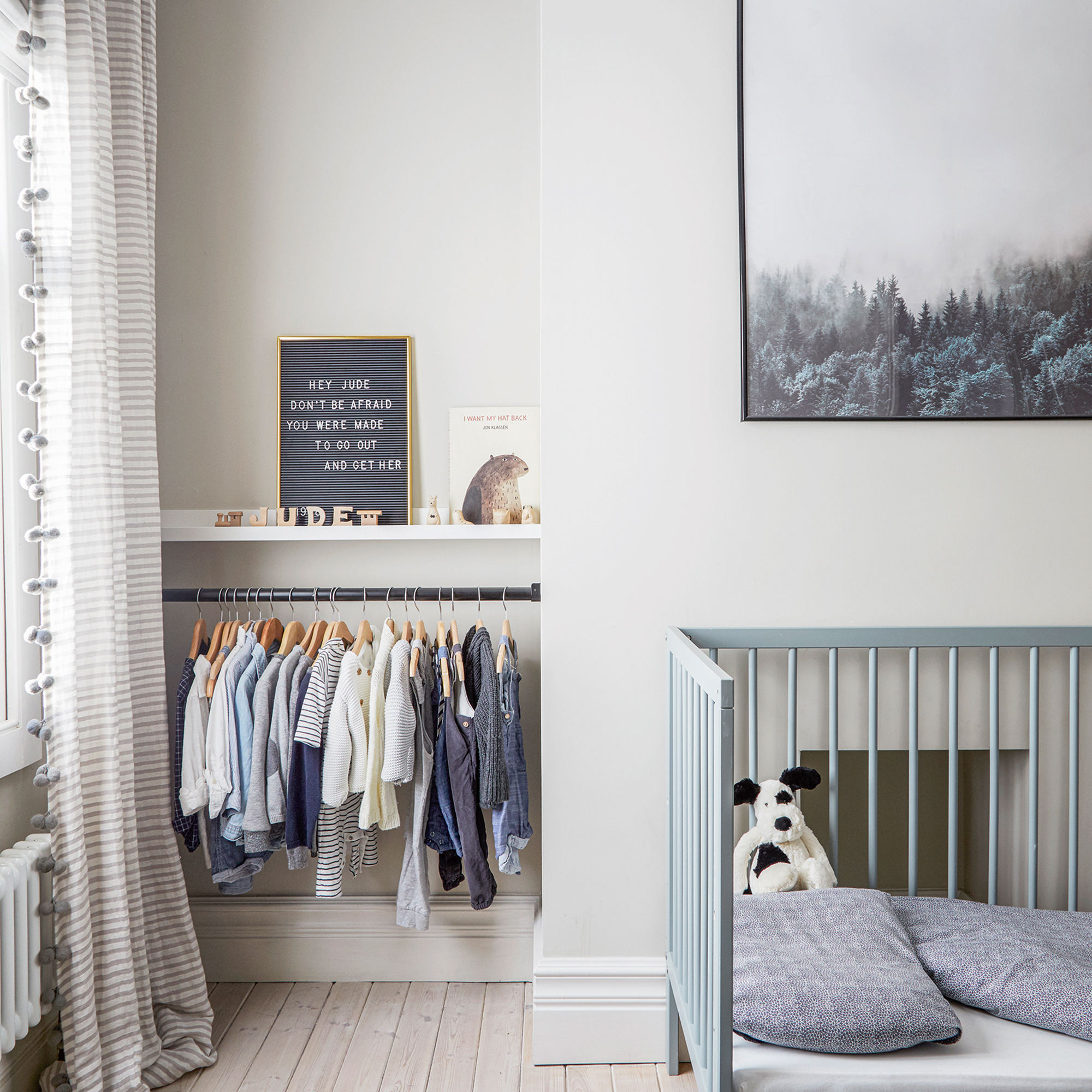
7. Decorate with calm colours
Tabitha advises, ‘Avoid overstimulating designs. For example, bright colours and lots of pictures or posters might be too alerting. Ask yourself, is this room conducive to calm, rest and sleep, or is it a hub of playful themes and favourite cartoon characters? Children don’t need themed rooms to sleep well.’
For the walls, consider colours that support sleep. Karen Haller, colour and design psychology expert, and author of bestseller The Little Book of Colour recommends, ‘Go for soft, low saturated colours for a child’s bedroom as a child’s energy is sensitive and so is their response to colour. This will help to prepare your child for a peaceful, restorative night’s sleep. My top three colours using the principles of colour psychology are as follows:
- Soft light blue – soothes and calms the mind, reducing mental activity, overthinking and aids in a deeper and more restorative sleep.
- Soft light green – helps the body to transition smoothly into sleep for a restorative, peaceful night sleep and waking up feeling refreshed and ready for play.
- Soft pink – supports children by physically soothing which helps to reduce restlessness, sleeplessness and waking during the night. Soft pink is like being wrapped in a cuddle.’
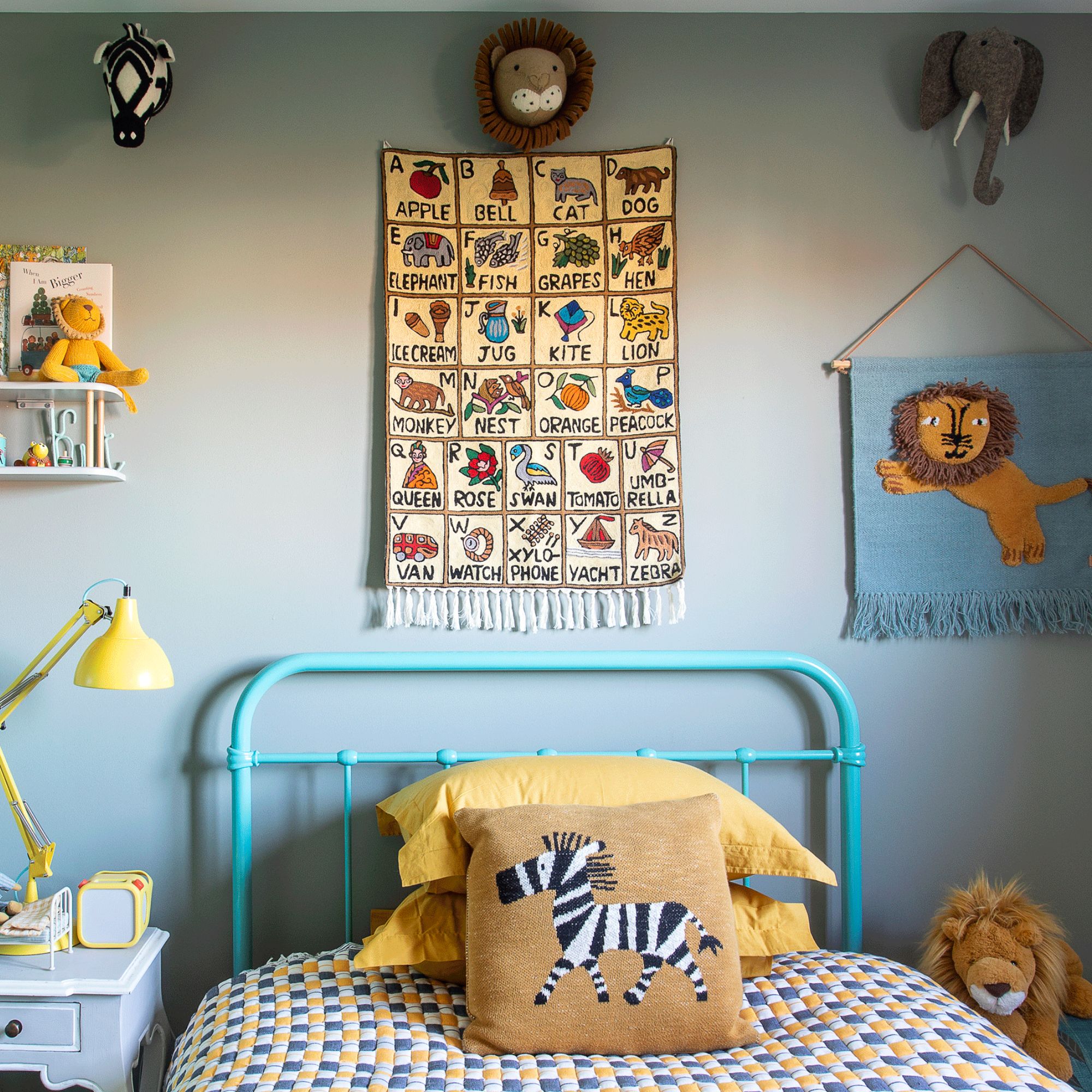

Karen Haller graduated from the Sydney School of Fashion and the Australian School of Colour and Design. She went on to study applied colour psychology and child psychology before founding her business, Karen Haller Colour & Design, more than 17 years ago. Now a leading international authority in applied colour psychology, she is a consultant and trainer heading colour campaigns for prestigious global brands. She is also the author of The Little Book of Colour.
8. Minimise noise
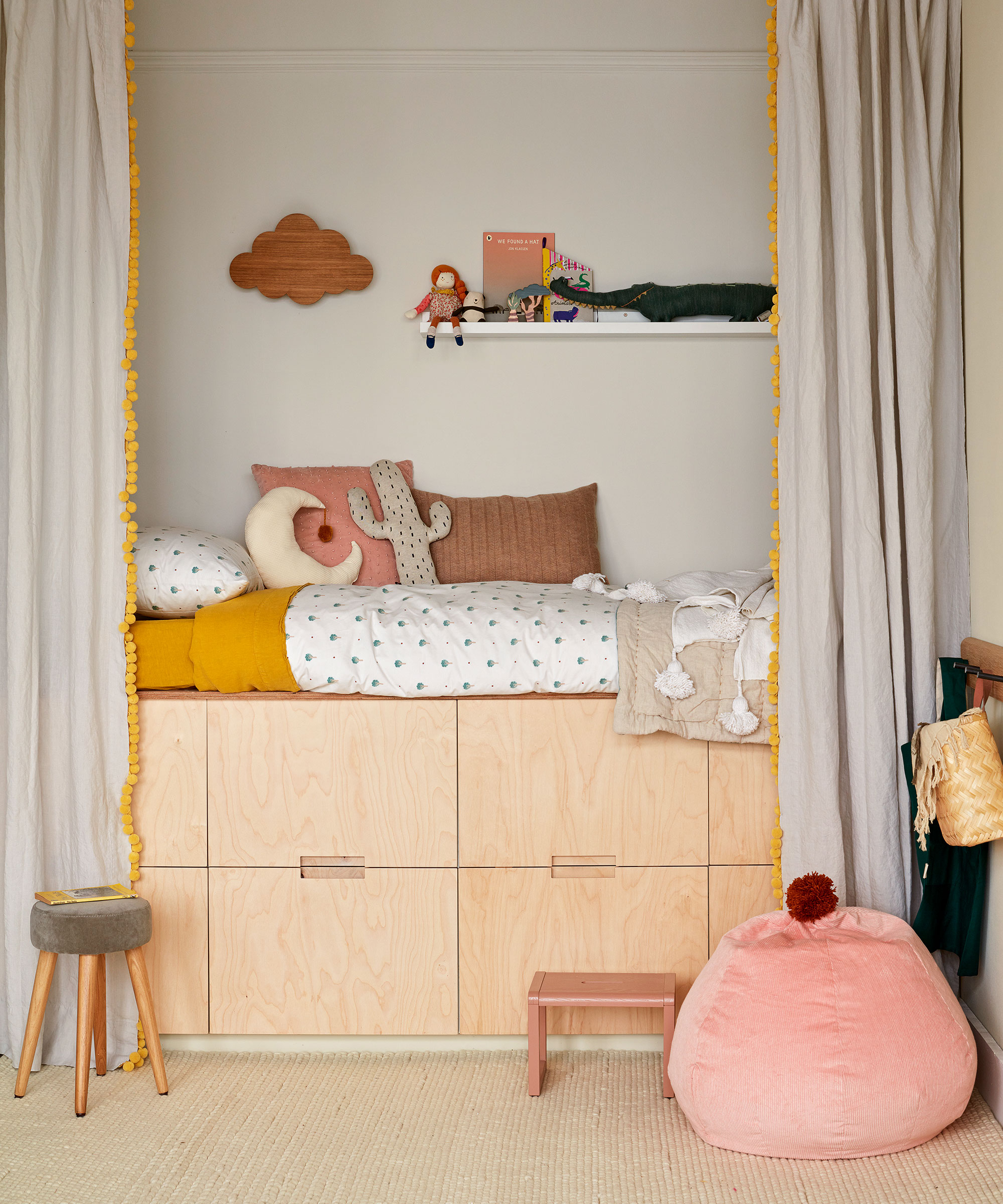
Tabitha Moynah says, ‘Use soft surfaces to absorb sound, such as curtains, rugs and upholstered wall panels. Consider double glazing or window insulation. In the winter, children are sometimes woken early in the morning by the sound of central heating turning on. If you notice this happening, consider delaying the heating or time it to come on earlier in the night instead. If you’re concerned about unwanted noise in your living environment, you can mask it with a white noise machine. Follow the guidelines for safe use, though.’
FAQs
Why is my five- year-old having trouble sleeping?
Lisa Artis says, ‘Children at this age can have trouble sleeping for various reasons, ranging from developmental changes to environmental factors. Here are some potential causes:
- Separation anxiety: Five-year-olds often experience fear of being away from parents, which can make bedtime challenging.
- Overstimulation: Activities and screen time close to bedtime can overstimulate their brains, making it hard to wind down.
- Inconsistent routine: Irregular sleep schedules can disrupt their internal clocks. Establishing a consistent bedtime routine is crucial. We recommend starting around an hour before bedtime and could include having a light snack, doing calming activities such as drawing and jigsaw puzzles, a warm bath, PJs on, and into bed for storytime.
- Nightmares: At this age, children begin to develop vivid imaginations, which can lead to nightmares and nighttime awakenings. This is normal and it’s important to offer your child comfort and reassurance.
- Sugar: Avoid sugary snacks and drinks a couple of hours before bed. If your child is hungry, some great sleepy foods include bananas, cherries, wholewheat cereals and wholemeal toast.
How do I help my 10 year old to sleep?
‘Establish a routine. A consistent bedtime and wake-up time, even at weekends, can help regulate their sleep patterns,' recommends Lisa. ‘Encourage screen-free time at least an hour before bedtime. Exposure to screens before bed can interfere with melatonin production.'
Children will also benefit from bedtime rituals, ‘create a relaxing pre-bedtime ritual. Activities like reading, taking a bath, or practising relaxation techniques can signal to their body that it’s time to sleep,' says Lisa.
Lisa also says to ‘encourage physical activity during the day. This can promote better sleep at night. However, avoid vigorous exercise close to bedtime.'
She does point out that anxiety and stress could be effecting sleep in 10 year olds. 'School and social pressures can impact sleep. Create a supportive environment where they can talk about their worries,' she recommends.
If you don't manage to help your little one to get to sleep tonight, try some of these tips and be kind to yourself as it might take a few days for a new routine to sink in and become effective.

Vanessa Richmond has been a freelance writer, editor and editorial consultant since 2021. Her career in magazines began in 1998 and, apart from a four-year stint at women’s lifestyle magazine Red, it has been spent working on interiors titles including House Beautiful, Country Homes & Interiors and Style at Home. She is a former editor of Ideal Home, Country Homes & Interiors and Style at Home magazines. She has also worked for House Beautiful and Red. During her 25 years as a journalist, she has been a sub-editor, columnist, deputy editor and editor. Now she combines freelance writing with being a secondary-school English teacher.
-
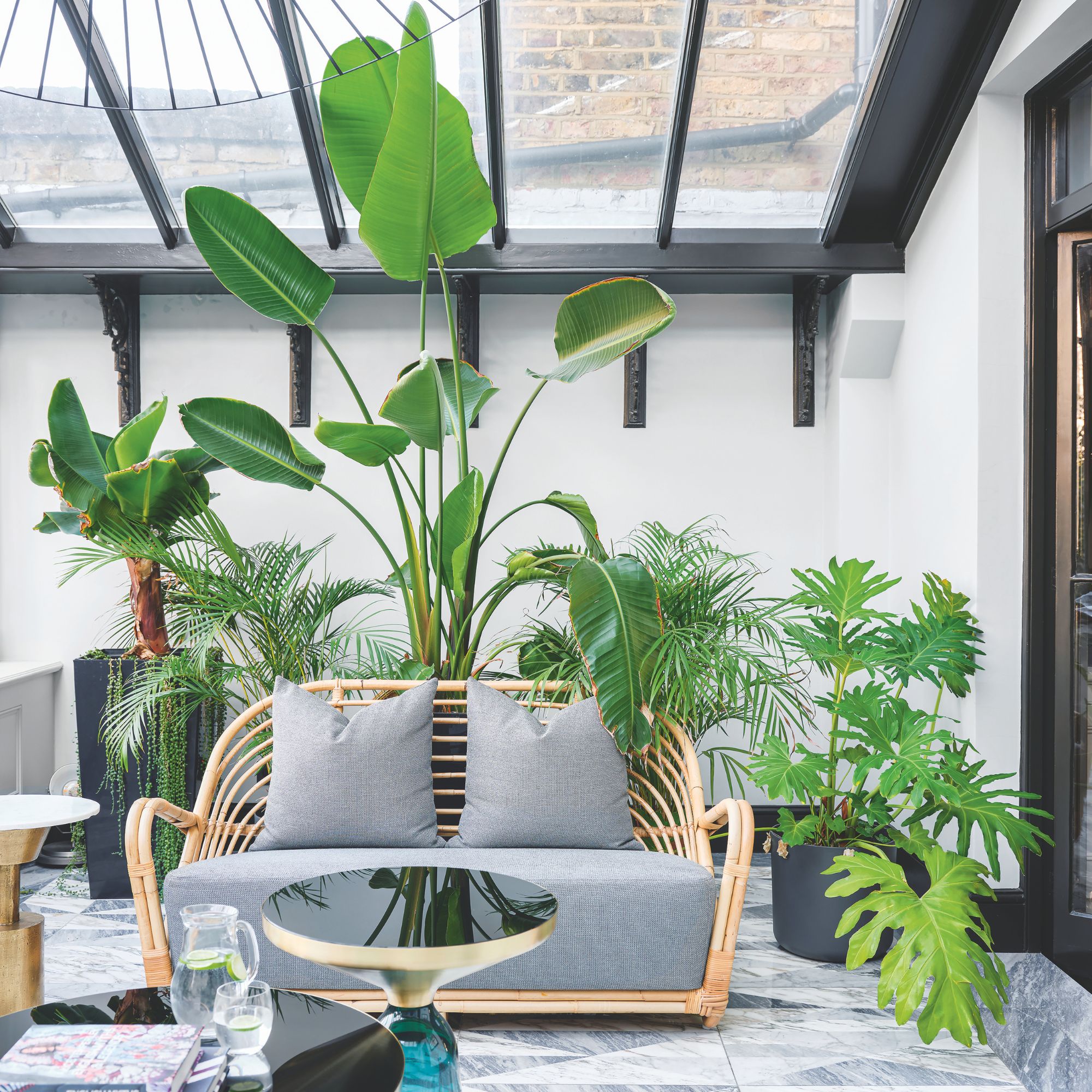 Will a conservatory add value to your home and how can you maximise it?
Will a conservatory add value to your home and how can you maximise it?This is what the pros say
By Amy Reeves
-
 I’ve been looking for a new signature scent for my home and The White Company's new fragrance is the exact summer holiday smell I needed
I’ve been looking for a new signature scent for my home and The White Company's new fragrance is the exact summer holiday smell I neededSantorini smells fresh, summery and sophisticated
By Kezia Reynolds
-
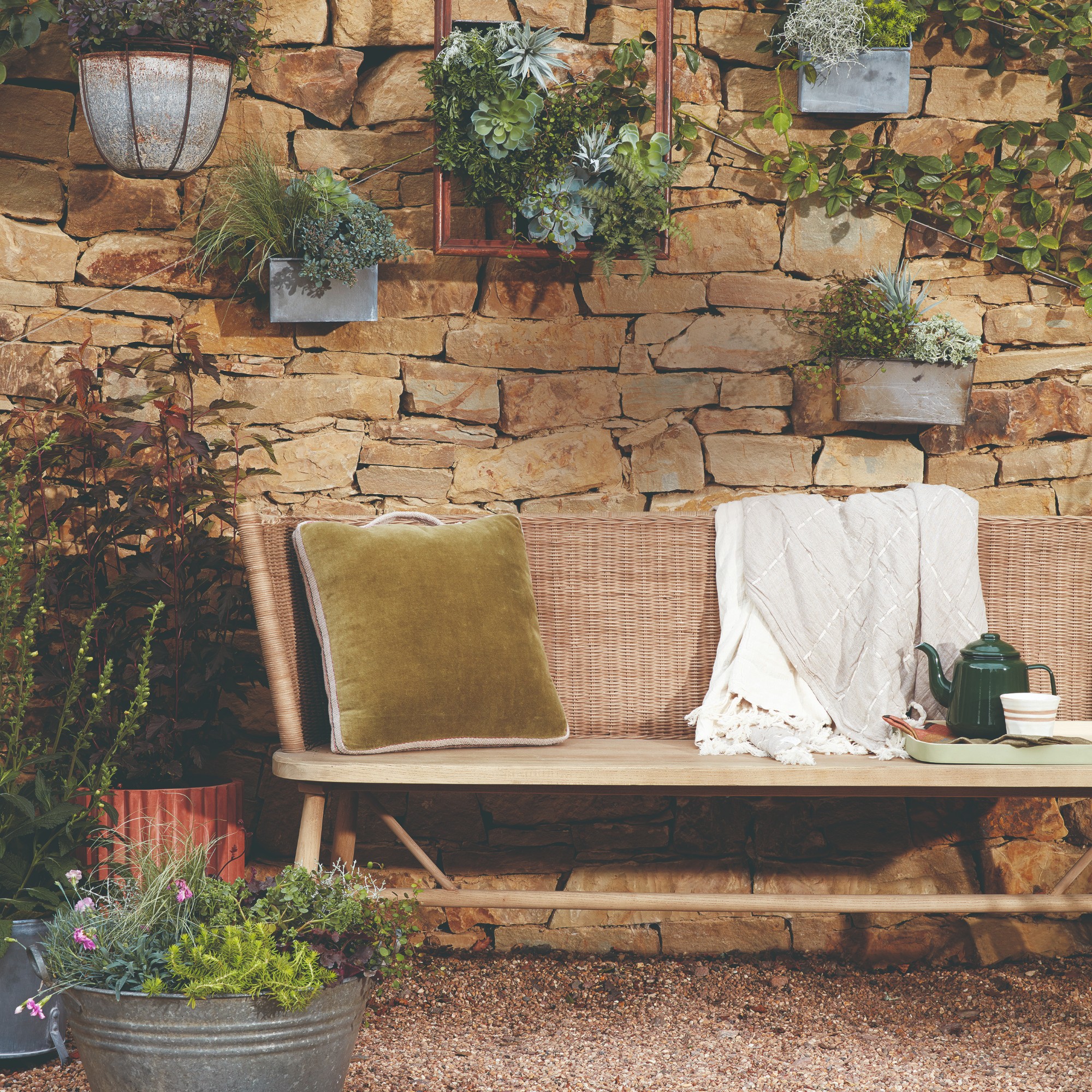 How to remove algae from garden walls in five steps – and the cleaning product experts rave about for tackling it fast
How to remove algae from garden walls in five steps – and the cleaning product experts rave about for tackling it fastExperts share their top tips for getting garden walls algae-free
By Katie Sims
-
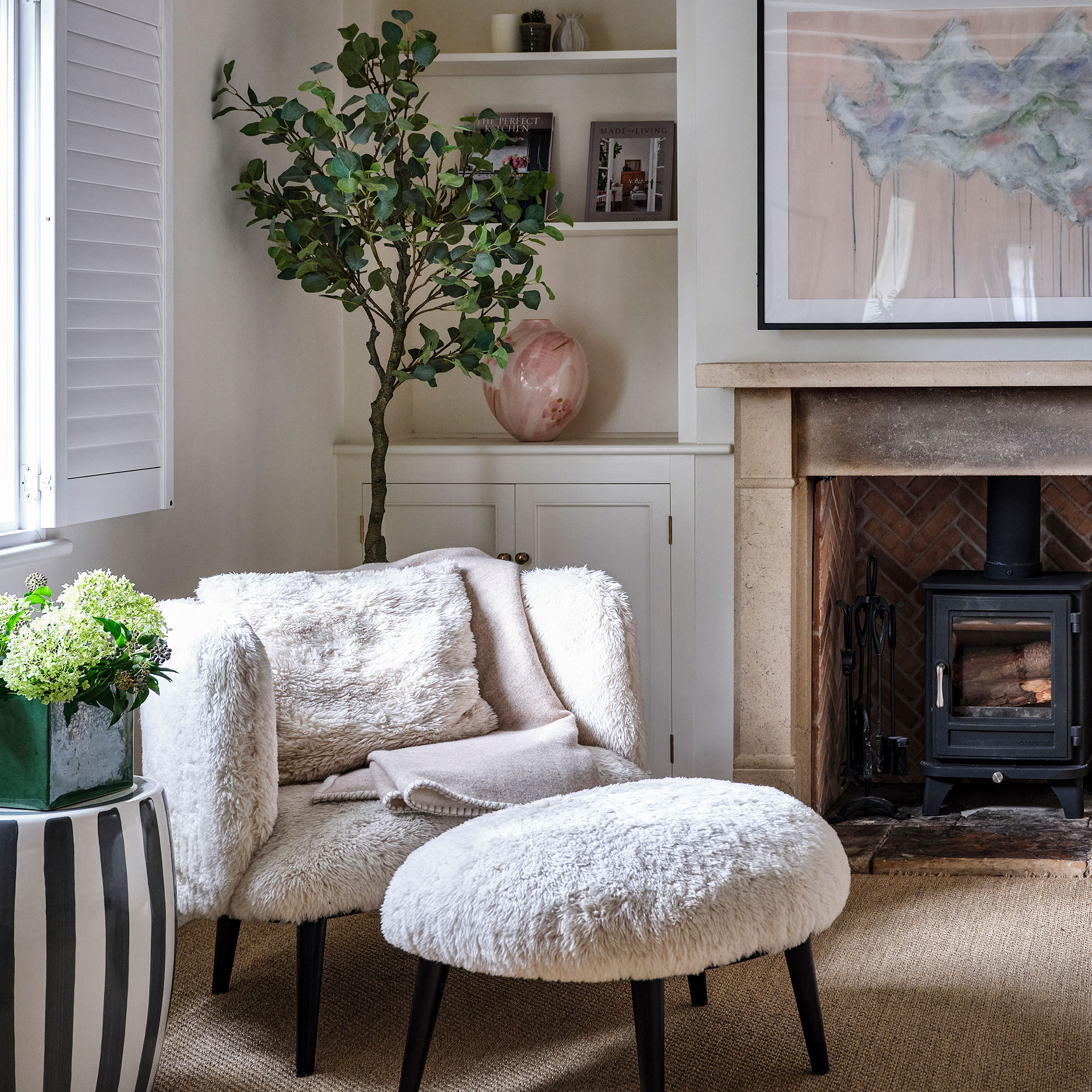 Hygge living room ideas — 6 ways to warm up your home with this Danish concept and cosy aesthetic
Hygge living room ideas — 6 ways to warm up your home with this Danish concept and cosy aestheticHunker down until summer finally arrives with these warming ideas
By Rebecca Knight
-
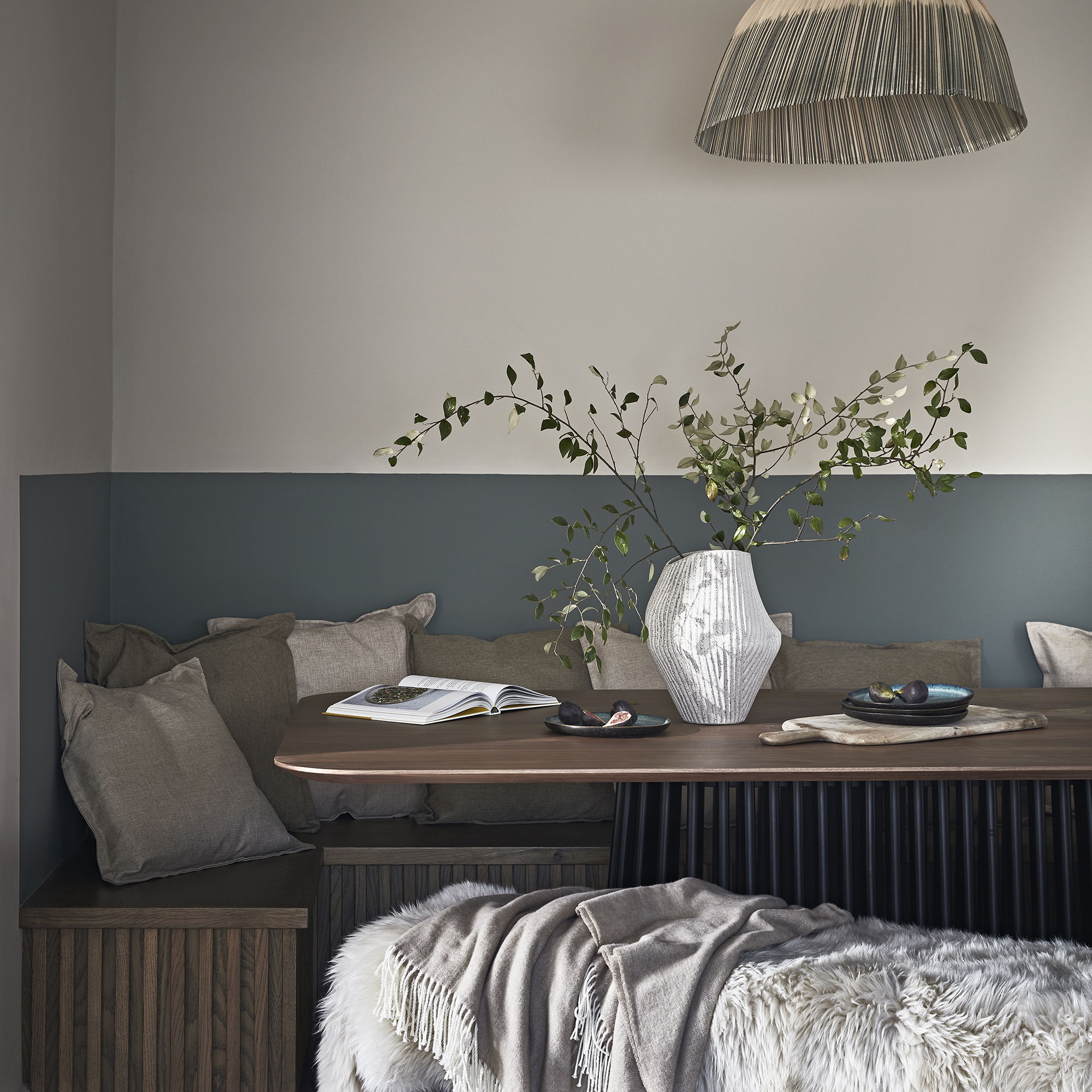
 How to create a sensory home – interiors experts reveal 5 easy ways to style your home and soothe your mind
How to create a sensory home – interiors experts reveal 5 easy ways to style your home and soothe your mindYou can turn any space into a sanctuary by following these simple steps
By Maddie Balcombe
-

 Can displaying family photos at home make you happier? According to research it can — 5 ways to do it in style
Can displaying family photos at home make you happier? According to research it can — 5 ways to do it in styleHarness the mood-boosting power of looking through old photos by displaying your favourites
By Rebecca Knight
-
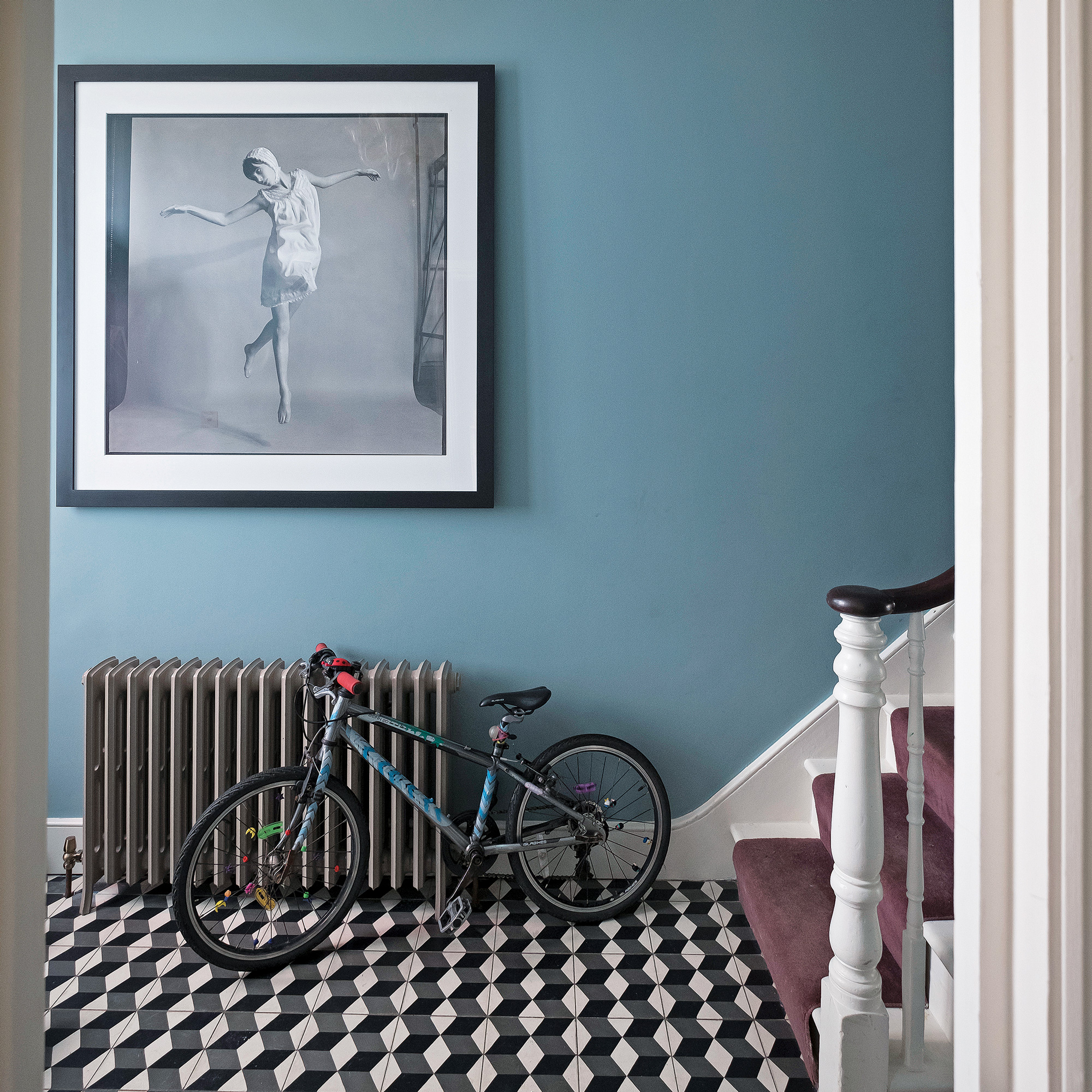 How to make a hallway smell incredible without candles - 7 ways to gently fragrance your entranceway
How to make a hallway smell incredible without candles - 7 ways to gently fragrance your entrancewayGo flame-free to safely scent your entryway
By Vanessa Richmond
-
 6 ways I brighten my home in January when the Christmas decorations come down, as an interior stylist
6 ways I brighten my home in January when the Christmas decorations come down, as an interior stylistHelp banish the winter gloom with these uplifting ideas
By Laurie Davidson
-
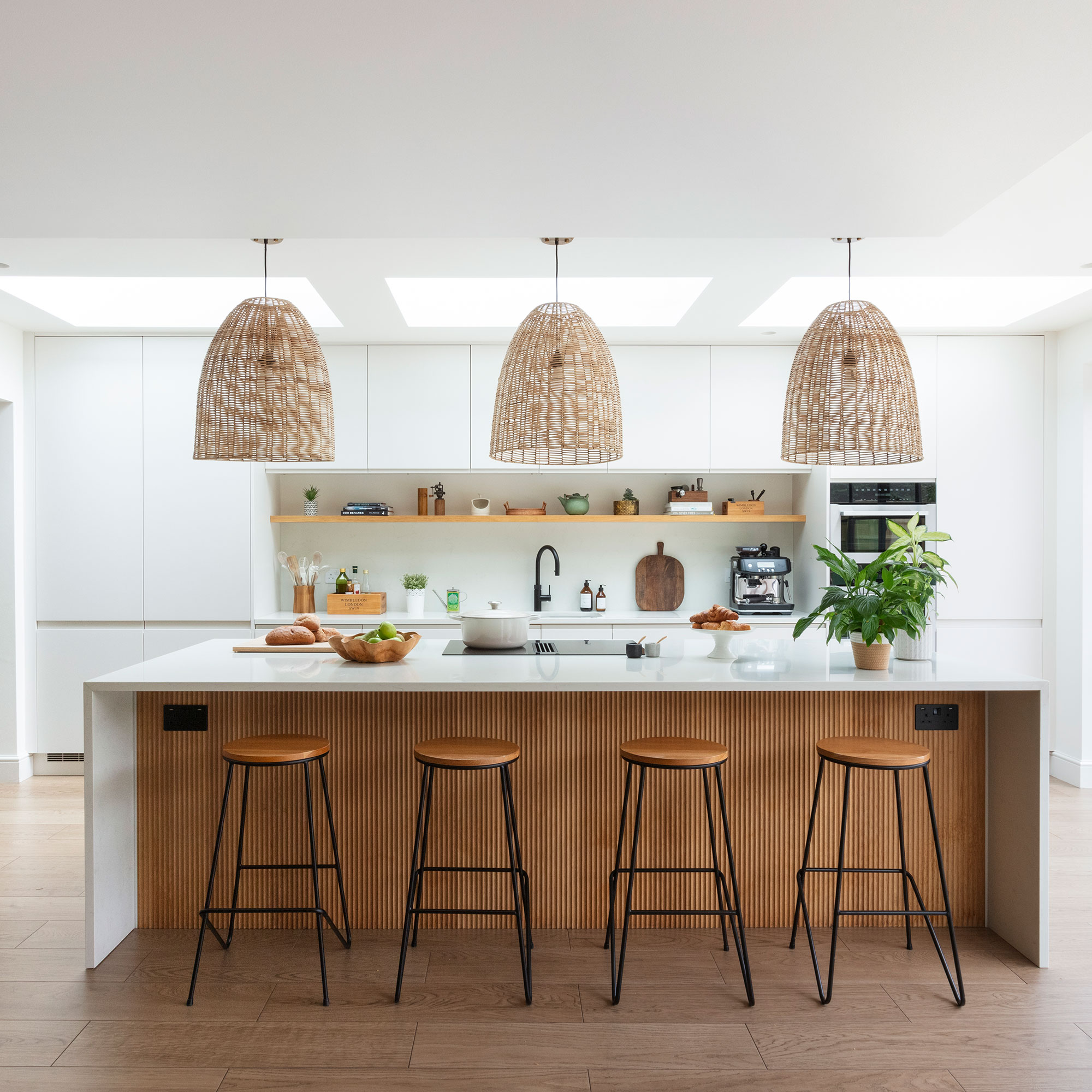 Kitchen hacks to encourage healthy eating habits — 7 ways your kitchen can support healthy living
Kitchen hacks to encourage healthy eating habits — 7 ways your kitchen can support healthy livingMake creating healthy changes easy by following these tips
By Eilidh Williams
-
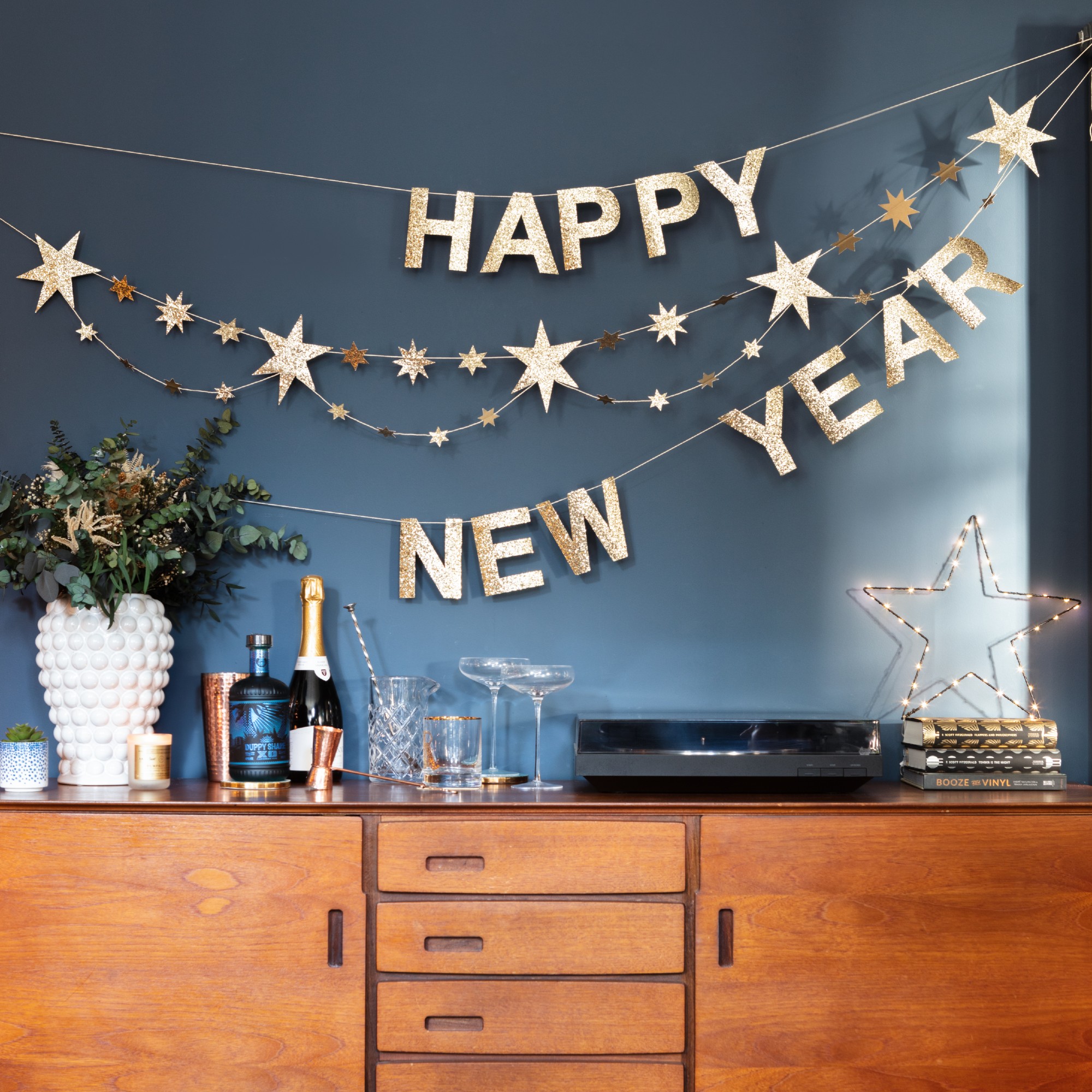 How to reset your home after Christmas to restore a sense of calm
How to reset your home after Christmas to restore a sense of calmFollow these 7 steps to get back to normal at home and beat post-Christmas blues
By Eilidh Williams
-
 How to make a house look more inviting - 8 ways to quickly boost your house’s appeal in time for Christmas
How to make a house look more inviting - 8 ways to quickly boost your house’s appeal in time for ChristmasMake visitors feel welcome from the second they step foot on your property
By Vanessa Richmond
